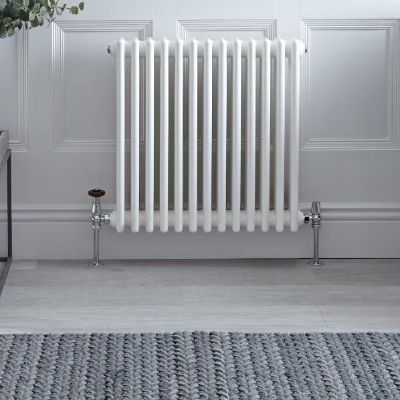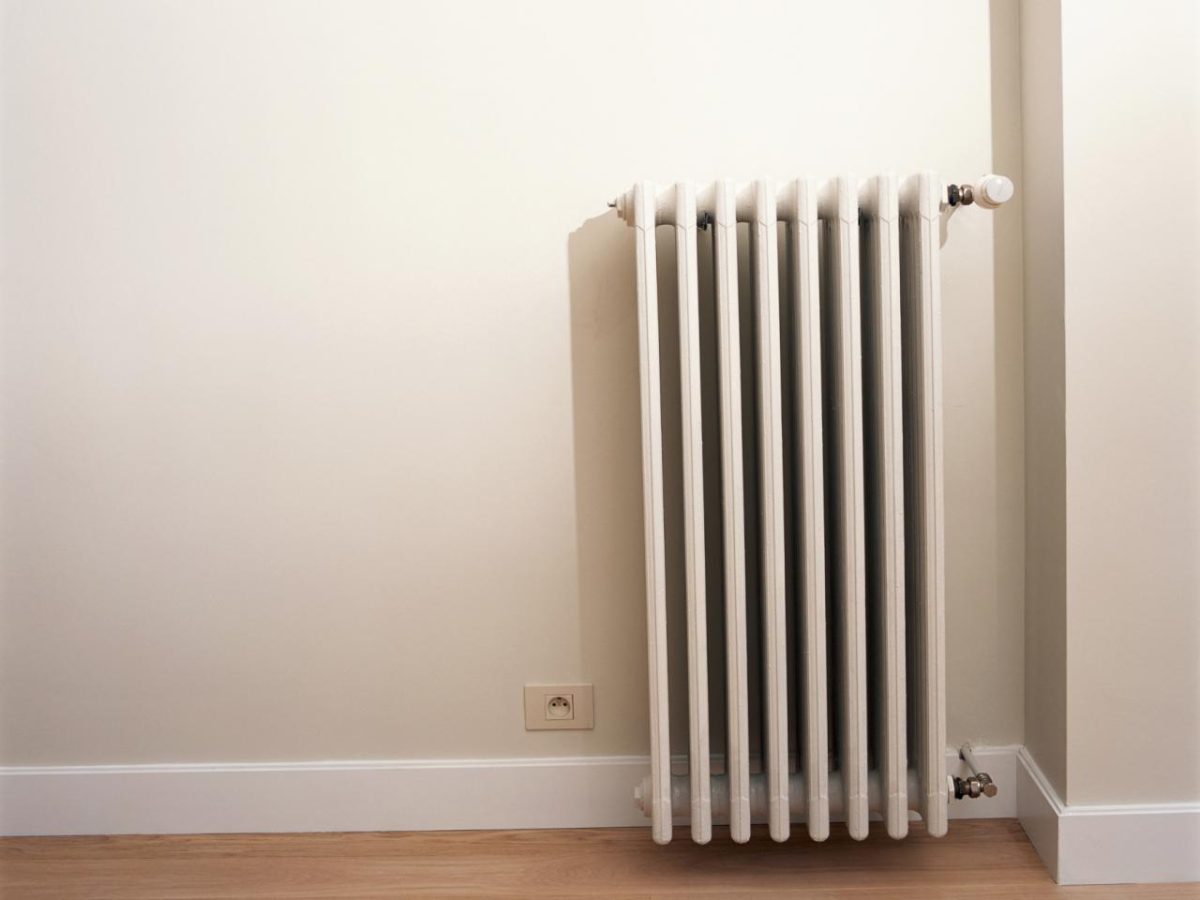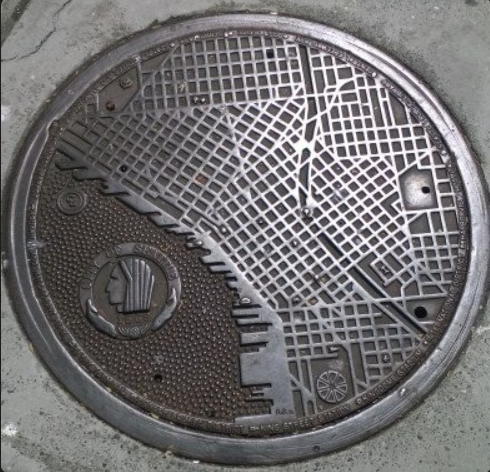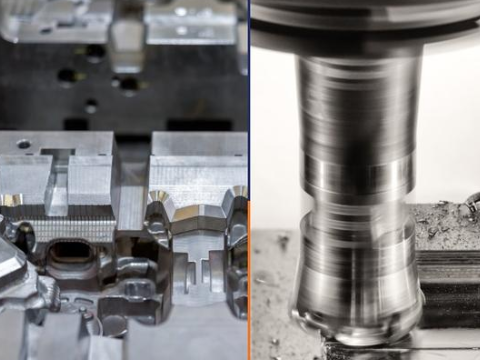Heat radiator for home
Radiator heating systems, commonly found in older homes, rely on a centralized boiler or water heater to produce steam or hot water that is then circulated throughout the home.
How does radiator heat work?
Radiator heat works through a process that involves heating water, which is then circulated through the radiator to transfer heat to the surrounding environment. When the water in the radiator is heated, it warms the metal of the radiator, which, in turn, radiates heat into the room.
This process is influenced by factors such as the temperature of the water, the material and design of the radiator, and the room’s temperature. The efficiency of this heat transfer process can be impacted by various elements, including the choice of radiator material, water content, and mass. Additionally, the design and placement of radiators within a room can affect their effectiveness in distributing heat.
The choice of radiator material can impact the efficiency of the heating system. Different materials have varying thermal conductivity and specific heat capacity, which affect how effectively they transfer heat from the water to the surrounding environment.
For instance, materials with higher thermal conductivity can facilitate better heat transfer, while those with higher specific heat capacity can store more heat energy. These factors influence how quickly the radiator can raise the temperature of the water and its surroundings, thus affecting its overall efficiency.

The water content and mass of the radiator also play a role in its heating performance. The amount of water in the radiator and the mass of the radiator itself affect the energy required to raise their temperature and, consequently, their ability to transfer heat into the room.
Radiators with higher water content or mass may take longer to reach the desired temperature and release heat into the environment. Therefore, these factors are important considerations in assessing the efficiency of a radiator.
In addition to material properties and physical characteristics, the design and placement of radiators within a room can impact their heat distribution.
Radiator covers, for example, can influence how heat is emitted from the radiator. Open designs allow for better convection and radiant heat transfer, while enclosed covers may restrict heat distribution.Furthermore, the positioning of radiators in relation to furniture and room layout can affect their ability to effectively warm a space.
Overall, radiator heat works by transferring energy from heated water to the surrounding environment through a combination of convection and radiation. The choice of radiator material, water content, mass, and design all contribute to its efficiency in distributing heat within a given space.




